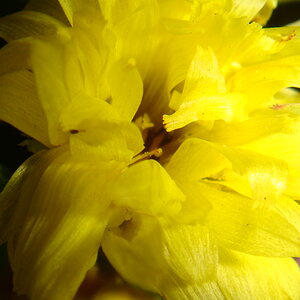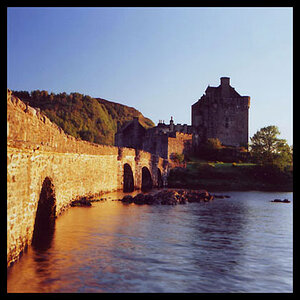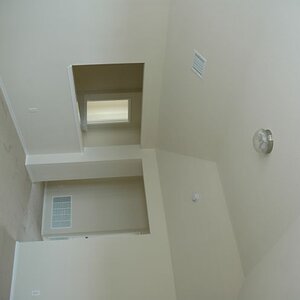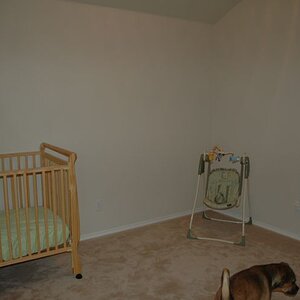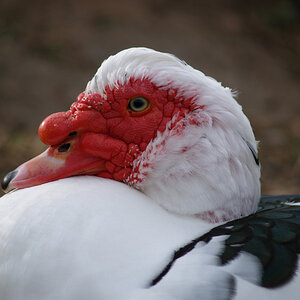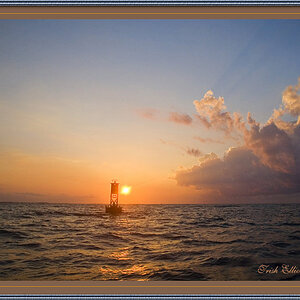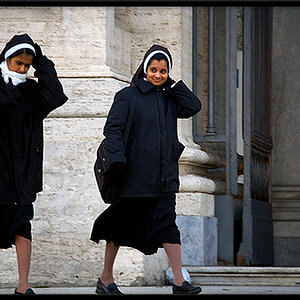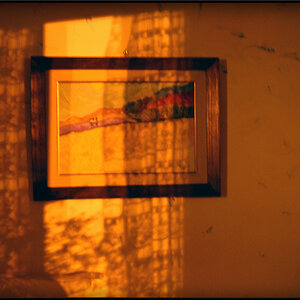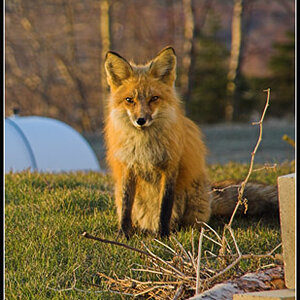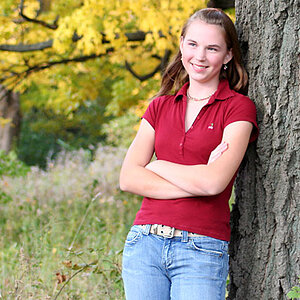Navigation
Install the app
How to install the app on iOS
Follow along with the video below to see how to install our site as a web app on your home screen.

Note: This feature currently requires accessing the site using the built-in Safari browser.
More options
You are using an out of date browser. It may not display this or other websites correctly.
You should upgrade or use an alternative browser.
You should upgrade or use an alternative browser.
Looking for tips
- Thread starter ifi
- Start date
- Joined
- Apr 9, 2009
- Messages
- 41,401
- Reaction score
- 5,706
- Location
- Iowa
- Website
- kharrodphotography.blogspot.com
- Can others edit my Photos
- Photos OK to edit
The old shoot with 1 hand tied behind your back syndrome. :gah:I was not allowed to bring lights or change/move anything including close drapes.
Thank you for your input, I will follow your suggestion.
kkamin
TPF Noob!
- Joined
- Aug 25, 2009
- Messages
- 515
- Reaction score
- 17
- Location
- Minneapolis
- Website
- www.kevinkaminphoto.com
- Can others edit my Photos
- Photos OK to edit
It's amazing what framing can do. Compare #3 to #5. #3 looks very elegant and refined (could be at an upscale country club) whereas, #5 looks like a cheap banquet room at the Hilton set-up for a high school prom. #3 is great. You're not showing the busy patterned, ugly carpet or overwhelming the viewer with abundant elements of the mustard and gold color scheme of the room.
#4 is the least successful image for me. The lighting is too flat and the scene itself is too dark and drab looking; it doesn't compliment the pretty flowers very well.
I really like #2 a lot. Despite losing edge deflnition due to a blown out window background, I think the depth of field is working magically here, the colors are great and the foreground and background elements support the subject superbly.
I think #2 and #3 can show what you can do with the limitation of available light in that space with that subject. You really found great compositions and lighting in those images.
#4 is the least successful image for me. The lighting is too flat and the scene itself is too dark and drab looking; it doesn't compliment the pretty flowers very well.
I really like #2 a lot. Despite losing edge deflnition due to a blown out window background, I think the depth of field is working magically here, the colors are great and the foreground and background elements support the subject superbly.
I think #2 and #3 can show what you can do with the limitation of available light in that space with that subject. You really found great compositions and lighting in those images.
ifi
TPF Noob!
- Joined
- May 25, 2010
- Messages
- 604
- Reaction score
- 0
- Location
- USA
- Can others edit my Photos
- Photos OK to edit
My friend for whom I took these photos liked #3 the most. Thank you for your encouraging wordsIt's amazing what framing can do. Compare #3 to #5. #3 looks very elegant and refined (could be at an upscale country club) whereas, #5 looks like a cheap banquet room at the Hilton set-up for a high school prom. #3 is great. You're not showing the busy patterned, ugly carpet or overwhelming the viewer with abundant elements of the mustard and gold color scheme of the room.
#4 is the least successful image for me. The lighting is too flat and the scene itself is too dark and drab looking; it doesn't compliment the pretty flowers very well.
I really like #2 a lot. Despite losing edge deflnition due to a blown out window background, I think the depth of field is working magically here, the colors are great and the foreground and background elements support the subject superbly.
I think #2 and #3 can show what you can do with the limitation of available light in that space with that subject. You really found great compositions and lighting in those images.
I will upload some more soon...
smokinphoto
TPF Noob!
Photographing close-up subjects is extremely challenging. Few people can do it well. The closer you get to your subject, the shallower the depth of field (front to back focus), so if you're photographing the inside of a rose, for example, your depth of field will measure in fractions of an inch, so for the most part you must use as much depth of field as your camera will allow. Also, the slightest movement of subject or camera will result in blurry photos. When doing close-up work, you must plan ahead. As you gain in magnification, precise camera positioning becomes critical. In many situations, you must position your camera so that you are parallel to the subject; you simply cannot stop down enough to get everything in focus.
smokinphoto
TPF Noob!
If you could order ideal weather for photographing flowers, plan on a day of soft overcast, with its diffused light and low contrast. Fog or misty rain can add great water droplet effects. Since we can't always create perfect weather, manufacturers have created "diffusion tents," simply made of thin white fabric on a frame. You can make your own with a white sheet, although you'll lose one or more stops of light. You can tack dark, opaque fabric on one side of this "tent" to create directional lighting (in this case, also known as subtractive lighting). And you can bring along a spray water bottle, such as those found in gardening departments, for those dew-drop effects.
Autumn Leaves
As with flowers, soft light is best for close-up work. Overcast days also bring out the warm colors found in autumn leaves. Sunlit days are okay, too, great for dramatic backlighting and spotlighting. Good timing helps. If you can, go out just after a storm has brought down fresh leaves. See how the greens and other cool colors balance with the warm colors. Use a warming filter for photographing leaves in the shade. Color enhancing filters also help. A saturated film such as Fuji's Velvia produces eye-popping colors.
Autumn Leaves
As with flowers, soft light is best for close-up work. Overcast days also bring out the warm colors found in autumn leaves. Sunlit days are okay, too, great for dramatic backlighting and spotlighting. Good timing helps. If you can, go out just after a storm has brought down fresh leaves. See how the greens and other cool colors balance with the warm colors. Use a warming filter for photographing leaves in the shade. Color enhancing filters also help. A saturated film such as Fuji's Velvia produces eye-popping colors.
Similar threads
- Replies
- 8
- Views
- 641
- Replies
- 4
- Views
- 554
- Replies
- 0
- Views
- 48





